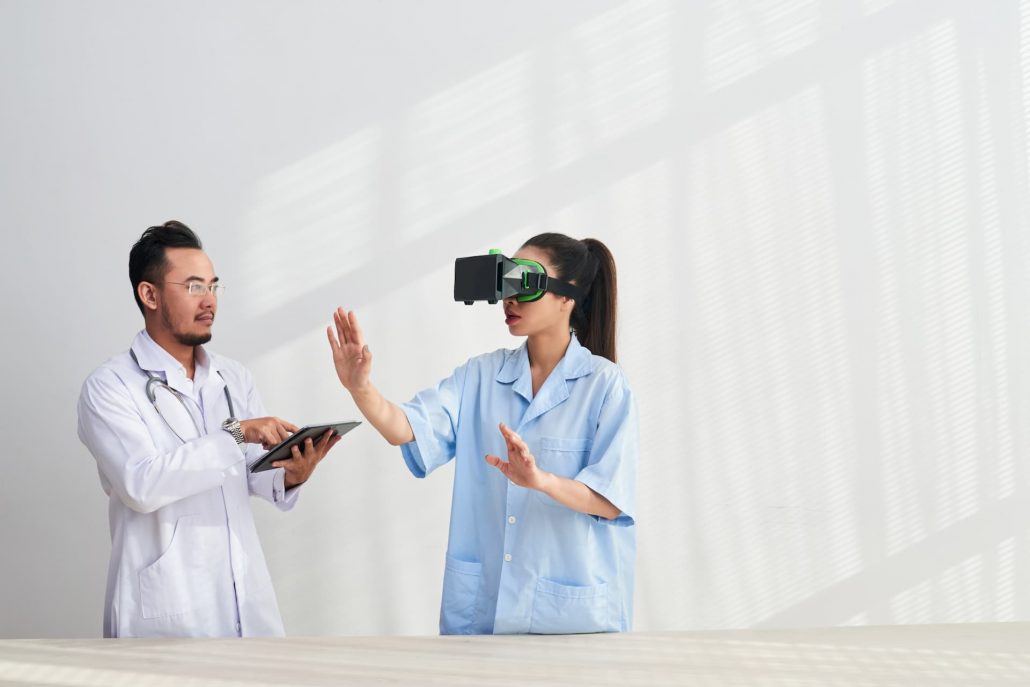
In the olden days of Nintendo and Atari, when video game consoles were new technology, the refrain was, “Games will rot your brain.” How the tables have turned.
Games are everywhere in education now. They’re used in classrooms from kindergarten to college to teach math, science, vocabulary and more. Games are a way to engage students, allowing younger pupils to get acquainted with technology and keeping older students excited to progress.
Recently, gaming has been a tool to better understand something that actually destroys the brain: Alzheimer’s disease and dementia. The latest entry into this realm is Sea Hero Quest.
Sea Hero Quest is a mobile- and VR-based spatial navigation game. In April 2019, a research team of members from CNRS in France, University College London and the University of East Anglia published a study using Sea Hero Quest to gather information about Alzheimer’s disease.
Gather information they did, to the tune of 1,700 years’ worth of data from more than 27,000 people. Armed with this data, the researchers compared Sea Quest Hero players with people at increased risk of developing Alzheimer’s.
The study appeared in Proceedings of the National Academy of Science. Here’s how the authors did it.
Spatial Awareness and Sea Hero Quest
Changes in the way people navigate around their environments can predict a risk for Alzheimer’s, suggests the study. Spatial awareness—or visuospatial abilities—help us get around. Vision is part of it, and so is depth perception and recognizing the size and shape of objects.
The research team used a large sample—data from more than 27,000 Sea Hero Quest players—as the baseline for how people navigate. Then they ran two groups through Sea Hero Quest in a laboratory. The control group was people with a typical variation of the APOE gene. The second group had a variation of this gene—called APOE e4—that is known to increase the risk of Alzheimer’s.
In Sea Hero Quest, players must navigate a course to checkpoints in a certain order, and then shoot a flare at a buoy located back at the starting point, getting as close to the buoy as they can. The researchers measured three metrics:
- Distance traveled
- Wayfinding duration
- Accuracy of their flares
The study suggests that people carrying the APOE e4 gene took longer to navigate the course and traveled farther because their routes were less efficient than the baseline. The researchers also found that while sex had an effect on the results—men were generally more efficient wayfinders than women—the presence of the APOE e4 gene variation outstripped the impact of sex.
Alzheimer’s and the APOE Gene
Most genes act, among other things, as blueprints for constructing proteins. The APOE gene encodes for apolipoprotein E (APOE), a lipid (water-insoluble molecules such as fatty acids) that, in the brain, plays an important role in clearing amyloid-beta plaques. The buildup of amyloid-beta plaques between brain cells is one of the main hallmarks of brains with Alzheimer’s disease.
People have one of three versions of APOE, called e2, e3 and e4. Three out of four people have the e3 variant, which confers no increased or decrease risk for Alzheimer’s. About 13.7 percent of the world’s population have the APOE e4 variant.
In healthy brains, amyloid-beta is cleared out of the extracellular brain space regularly, preventing amyloid plaques from forming. APOE’s role in clearing amyloid-beta isn’t entirely clear. Some research suggests that APOE binds directly to plaques to be flushed out, possibly in cerebrospinal fluid.
Other research suggests instead that APOE and amyloid-beta compete to attach to certain receptors on astrocytes (the most numerous type of brain cell). It may be that amyloid-beta outcompetes APOE in healthy brains, causing more of it to be cleared from the brain.
Although how the APOE gene plays a role in Alzheimer’s disease is still being researched, that it plays a role is pretty established. Fewer than one person in seven have the e4 variant, yet it’s found in about 40 percent in people with Alzheimer’s.
Spatial Awareness and Alzheimer’s
Humans have two ways of thinking about and navigating their environment: allocentric and egocentric. In allocentric navigation, the brain processes the position of objects in the environment in relation to each other. In egocentric navigation, the processing is done between objects and the self.
Allocentric navigation is especially useful for navigating a new environment and for visualizing new paths. This form of navigation has been shown to be deficient in people with Alzheimer’s disease, and is in fact one of the earliest clinical signs.
Allocentric navigation deficiency often presents in people with Alzheimer’s disease as feeling unsafe while driving, getting lost in familiar territory and losing items. Trouble with allocentric navigation plays out in the Sea Hero Quest study as well. Participants with the APOE e4 variant more often abandoned the shortest route between two waypoints and instead hugged the borders of the game world. This shows an increased reliance on egocentric navigation, as these players orient themselves in relation to a large, prominent landscape feature.
Sea Hero Quest represents the next generation of VR games in science. VR has been used in the past to run people with Alzheimer’s disease through a virtual Morris Water Maze, a widely used laboratory test to measure spatial awareness, navigation abilities and memory in rodents. It also speaks to the advantages of using Big Data, in this case to set a behavioral baseline with which to measure defects in spatial awareness.
The research team behind the Sea Hero Quest study hopes their dataset will play a part in developing a more personalized and individualized early detection system for people at risk of Alzheimer’s disease. Sometimes old problems need a new approach, and VR, Big Data and modern gaming technology may be the path forward.
Interested in more gaming in science? Check out Nerdcore Medical’s catalog. Sharpen your diagnostic skills with Occam’s Razor, or strike the next blow in the war against a post-antibiotic war in The Healing Blade: Defenders of Soma.

